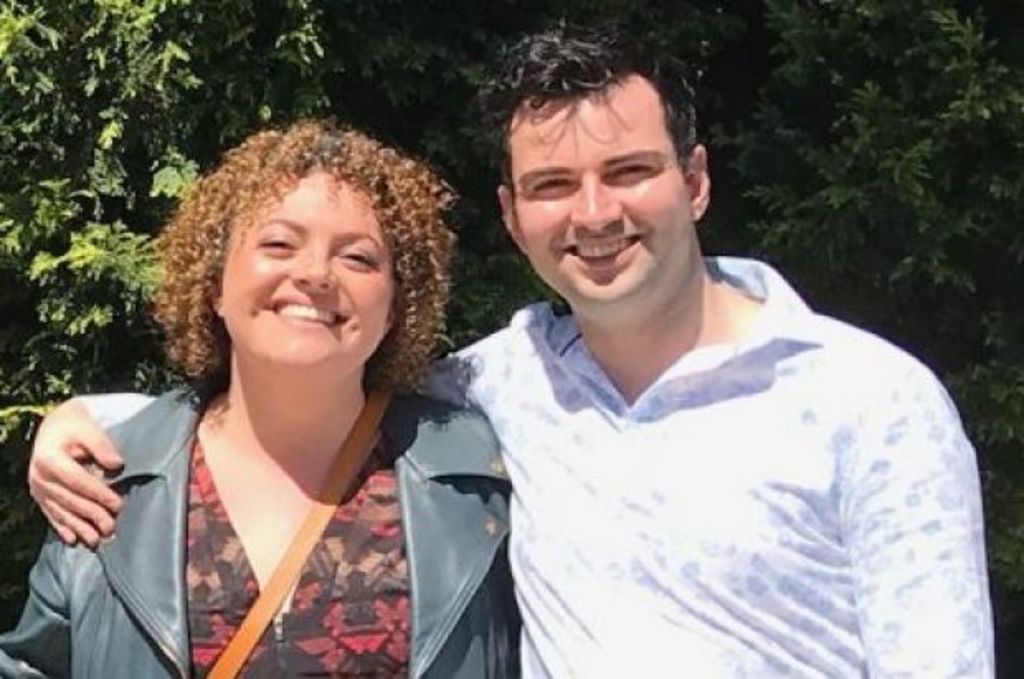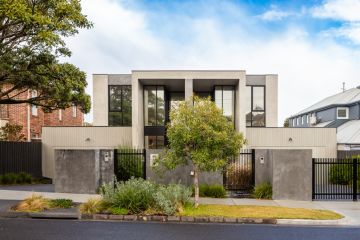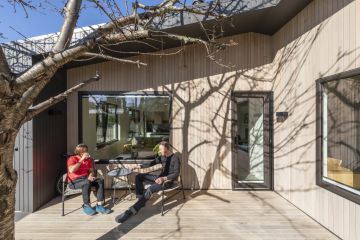How fixed-rate home loans could save first-home buyers thousands

When Melbourne first-home buyer Ashley Floate went to take out a mortgage, he knew a variable interest rate loan wasn’t for him.
With less than a 10 per cent deposit for a two-bedroom unit in Watsonia, he wanted to take advantage of record-low interest rates while he could.
“I always felt I wanted the majority of [my loan] to have a fixed interest rate,” he said. “That way regardless of what happens, I know where I stand.”
“Plus interest rates now are so ridiculously low, I can’t see them going any lower.”
He’s not alone. Many first home buyers are choosing to take advantage of the record-low cash rate and fixed-rate deals on offer, according to First Home Buyers Australia (FHBA) director Taj Singh.
Rates on offer “have never been this low for fixed-rate home loans,” said Mr Singh, noting they ranged from 3.69 per cent for one-year fixed-rate loans to 3.99 per cent for a five-year term.
“The banks are competing for owner-occupiers, and some specifically for first home buyers, as lending to investors tightens,” he said.
Last year more than 80 per cent of FHBA’s clients chose to have a fixed-rate arrangement as part of their home loan, while 63 per fixed their entire loan.
By comparison, fixed-rate loans accounted for less than 20 per cent of dwellings financed by all owner-occupiers in 2017, according to Housing Finance figures from the Australian Bureau of Statistics.
Why are first-home buyers choosing fixed-rate home loans?
While Baby Boomer parents of many first home buyers have traditionally opted for variable loans, Mr Singh said young buyers weren’t as comfortable with variable rates as established owner-occupiers, because they were often stretching to their limit to get on the property ladder.
“They’re borrowing so much they’re looking for certainty in repayments,” he said.
And the more they’re borrowing the more likely they are to fix. Of the FHBA clients who had less than a 10 per cent deposit, 95 per cent went for a fixed-rate loan.
Although lenders may offer higher-than-standard variable rates for first home buyers with small deposits, Mr Singh said some offered the same fixed rate as they would to those borrowing less.
He said this and the introduction of offset accounts for some fixed-rate loans, traditionally available for only variable loans, were also key driving factors.
- Related: How an RBA rate hike would affect your mortgage
- Related: The hidden pitfalls of low-interest-rate loans
- Related: How and why interest rates change
Should you opt for a fixed-rate or variable loan?
Besides not benefiting from any further interest rate drops, borrowers on fixed-rate loans face restrictions on additional home loan repayments.
“For first home buyers in a situation where they do expect a rise in income, when a partner returns from maternity leave or ’cause they’re rising through the ranks at work, that would allow them to pay their loan down quicker, and a fixed-rate loan won’t give them the flexibility to do that,” Mr Singh said.
He added while offset accounts were becoming more common, most lenders still offered the feature for only variable rate loans. Potentially higher settlement fees and break-fee costs for fixed-rate loans are other factors to consider.
Steve Mickenbecker, group executive for financial services at Canstar, warned first home buyers against falling into the trap of “set and forget” when it came to fixed-rate loans because after the fixed term they would probably be moved across to a hefty variable rate.
“You should never just let it bounce back to the standard variable rate,” he said, noting banks generally had discounted rates they could offer when asked.
“The customer has to take action to get the discount,” Mr Singh added.
Mr Floate locked in his rate of 3.69 per cent for three years, the most popular length of time, with 65 per cent of FHBA clients choosing this fixed-rate term.
This strategy could potentially save him thousands. If Mr Floate had opted for a variable loan, and interest rates were to increase 0.25 per cent after 12 months, his repayments would cost him $2200 more over the three years.
Mr Mickenbecker said that with “rates as good as they’ve ever been” for owner-occupiers paying off principal and interest, borrowers were “asleep at the wheel” if they weren’t at least thinking of switching to a fixed term.
“People are always a little afraid due to fixed-rate horror stories from when people jumped in when the pain of interest rate rises got too hard, which is the worst time to fix; the best time to fix is when they are low,” he said.
If you can’t decide, can you split?
Another option if you’re still unsure, is to make a bet both ways by having a part-fixed, part-variable interest loan. Mr Floate chose to have a variable rate applied to about 9 per cent of his $500,000 loan.
“I split my loan and made a little bit of it variable so I can make some extra repayments if I want to,” he said. “My expectation is to be able to pay the variable part off over the fixed term.”
He was also among the 30 per cent of FHBA clients who chose to go with a loan that came with an offset account, even if it meant having a higher interest rate.
We recommend
States
Capital Cities
Capital Cities - Rentals
Popular Areas
Allhomes
More







